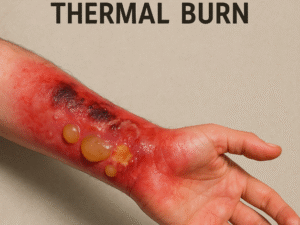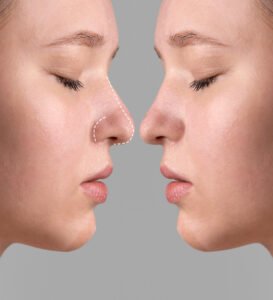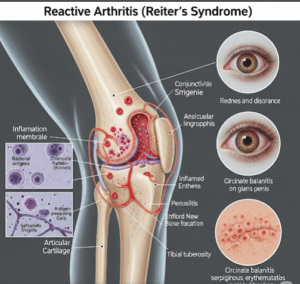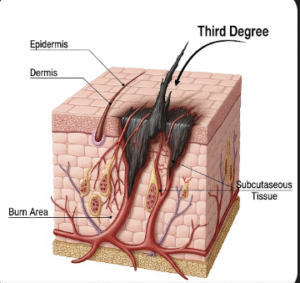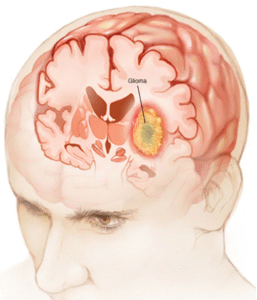Overview
Acute Otitis Media (AOM) is a sudden infection of the middle ear, commonly seen in infants and young children. It typically results from a bacterial or viral infection following a cold or upper respiratory illness. AOM causes ear pain, fever, and sometimes fluid drainage from the ear. Though often self-limiting, some cases require antibiotics to prevent complications.
What is Acute Otitis Media?
Acute Otitis Media is the inflammation and infection of the middle ear, the air-filled space behind the eardrum that contains tiny bones for hearing. It usually occurs when the Eustachian tube (which connects the middle ear to the throat) becomes swollen or blocked, trapping fluid and allowing germs to grow.
AOM is most common in children between 6 months and 3 years of age, but it can occur at any age.
Symptoms
Symptoms of AOM may develop quickly and include:
- Ear pain (especially when lying down)
- Tugging or pulling at the ear (in infants)
- Fever
- Irritability or fussiness
- Fluid drainage from the ear
- Hearing difficulty or muffled hearing
- Loss of appetite
- Trouble sleeping
- Balance problems (in some cases)
Causes
AOM is typically caused by bacteria or viruses that enter the middle ear after a cold, sore throat, or respiratory infection. The most common bacterial causes include:
- Streptococcus pneumoniae
- Haemophilus influenzae
- Moraxella catarrhalis
Viruses such as the respiratory syncytial virus (RSV) or influenza virus can also trigger AOM.
Risk Factors
Factors that increase the risk of developing acute otitis media include:
- Young age (especially 6–36 months)
- Attending daycare (more exposure to infections)
- Bottle-feeding, especially while lying down
- Pacifier use
- Exposure to secondhand smoke
- Allergies or sinus infections
- Family history of ear infections
- Cleft palate or craniofacial abnormalities
- Seasonal factors (more common in fall and winter)
Complications
Most cases of AOM resolve without issues, but potential complications include:
- Hearing loss (temporary or, rarely, permanent)
- Recurrent ear infections
- Perforation of the eardrum
- Chronic otitis media with effusion (fluid in the ear without active infection)
- Mastoiditis (infection of the skull bone behind the ear)
- Speech or developmental delays (in children with frequent infections)
- Meningitis or brain abscess (rare)
Prevention
You can reduce the risk of AOM with the following measures:
- Breastfeeding (boosts immunity)
- Vaccinations, especially pneumococcal and flu vaccines
- Avoiding secondhand smoke
- Practicing good hygiene (handwashing, limiting contact with sick people)
- Feeding upright rather than lying down
- Reducing pacifier use after 6 months
- Managing allergies or sinus conditions
Treatment Options Korea
1. Pain Management
- First-line treatment in all cases, especially in children
- Medications include:
- Paracetamol (acetaminophen)
- Ibuprofen
- Available over-the-counter and widely used in pediatric and ENT clinics
2. Antibiotic Therapy
- Prescribed based on age, severity, and recurrence
- First-line antibiotics:
- Amoxicillin (with or without clavulanic acid)
- Alternatives: cefdinir, cefuroxime, macrolides (for penicillin allergy)
- Watchful waiting approach (48–72 hours) may be used in mild cases
3. Nasal Decongestants and Supportive Care
- Saline nasal spray or decongestants (short-term) may be used to relieve Eustachian tube congestion
- Encourage fluid intake, rest, and upright positioning in young children
4. Myringotomy and Ear Tube Insertion (If Recurrent)
- Considered if:
- ≥3 episodes in 6 months or ≥4 in 1 year
- Hearing loss or persistent fluid in the middle ear
- Performed by ENT specialists under local or general anesthesia
- Available in most Korean general and pediatric hospitals
5. Follow-Up and Hearing Evaluation
- Follow-up visits to check resolution and monitor for effusion
- Hearing tests (audiometry) may be done if fluid persists >3 months
6. Prevention
- Pneumococcal and influenza vaccines recommended
- Encourage breastfeeding, avoid secondhand smoke, and limit pacifier use after 6 months
- Daycare infection control education is promoted for parents


